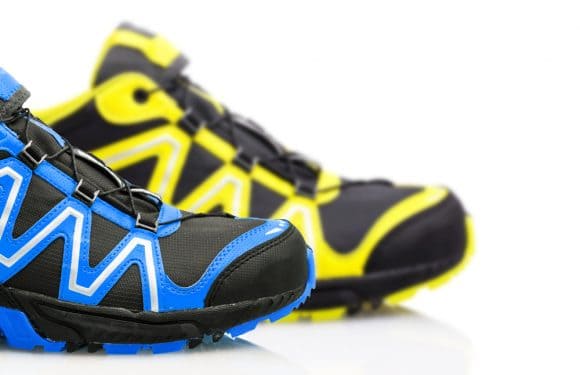If you’re planning to climb Kilimanjaro, then you are probably aware of the effects of altitude. Although it effects every person differently, chances are you will experience some symptoms of altitude sickness, which is also called acute mountain sickness (AMS). The main cause of altitude sickness is going too high too quickly (rate of ascent).
It is said that 75% of people will have some form of mild AMS above 10,000 feet. It is hard, if not impossible, to predict who will get sick. Some people are just more susceptible than others due to their genetic makeup.
Can you treat altitude sickness using OTC or prescription medications?
Yes. There are several medicines that are known to help acclimatization and to treat AMS. Let’s take a look below.
1. Ibuprofen (Advil, Motrin, Aleve)
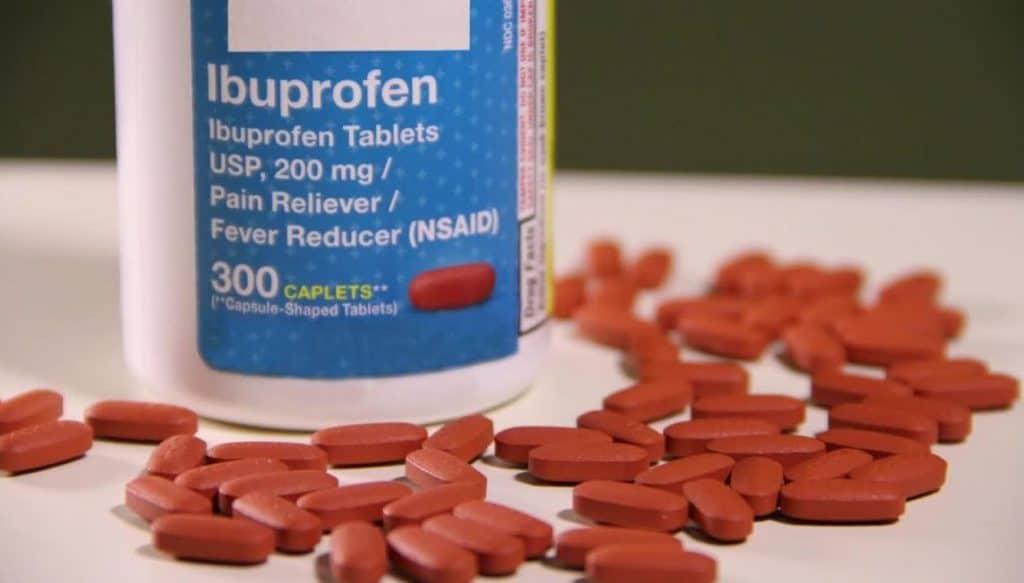
You know ibuprofen as the medication often used as a painkiller. This same pill can also reduce the symptoms of altitude sickness.
At high altitude, it is common for climbers to experience different magnitudes of headache. This is caused by inflammatory factors that lead to leaky blood vessels and fluid build up in the brain, causing pressure in the skull. Ibuprofen, an anti-inflammatory drug, works by decreasing the swelling and inflammation.
Ibuprofen is rapidly absorbed and generally well-tolerated. Researchers found that those who took ibuprofen were less likely to develop acute mountain sickness than those who took a placebo.
The recommended dose is 600 mg every 8 hours.
2. Acetazolamide (Diamox)
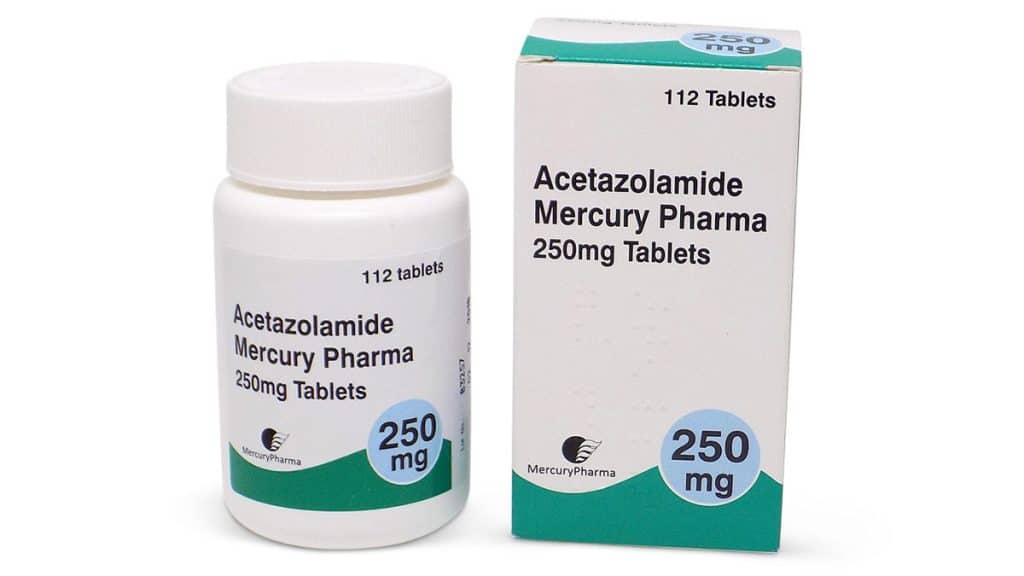
The most popular and effective medication is acetazolamide, known by the brand name Diamox. It works by acidifying the blood. The resulting metabolic acidosis acts as a respiratory stimulant, increasing ventilation and improving arterial oxygenation. In other words, it makes you breathe at a faster rate which increases the oxygen levels in your body.
The standard dosage is 125 to 250 mg every 12 hours, or 500 mg daily. It should be started 24 hours before the climb and continued throughout the expedition. Diamox is known to be 75% effective in preventing AMS.
If you visit your travel clinic prior to climbing Kilimanjaro, they will likely prescribe Diamox and none of the below medicines for acclimatization.
3. Dexamethasone (Decadron)
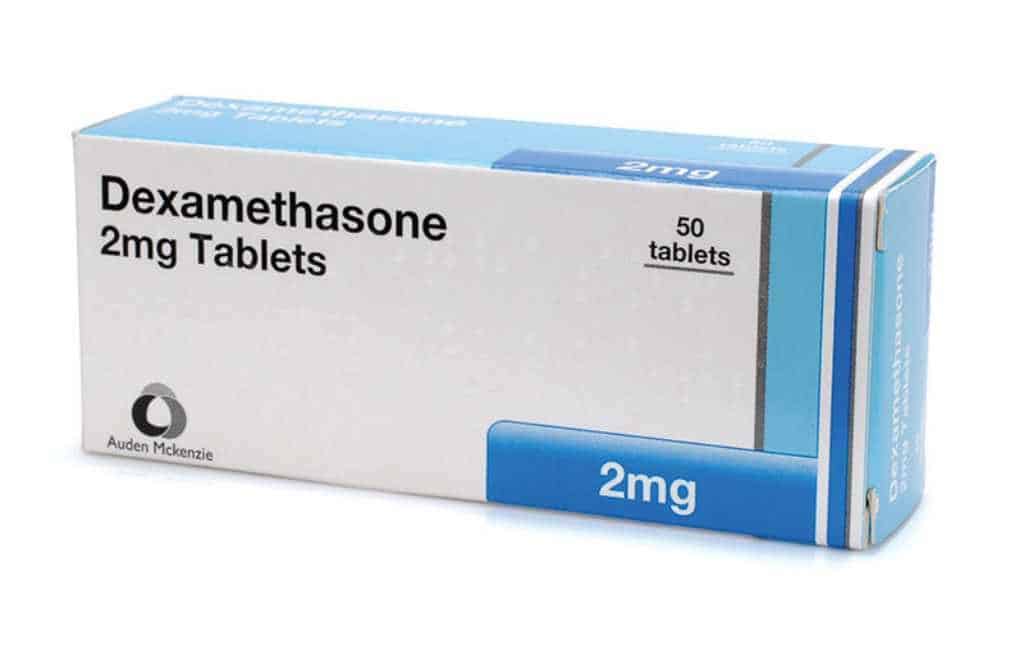
High Altitude Cerebral Edema is a serious form of altitude sickness where the brain swells and ceases to function properly.
Dexamethasone is a potent steroid hormone that acts as an anti-inflammatory agent to treat brain edema. Whereas acetazolamide treats altitude sickness by aiding acclimatization, dexamethasone treats the symptoms only. Again, dexamethasone has no effect on acclimatization itself, just the symptoms. Therefore, someone who uses dexamethasone as a treatment should not continue to ascend. It should be used to relieve the symptoms while either maintaining altitude, or better yet, while descending.
Dexamethasone is not routinely recommended as a prophylactic agent for AMS or High Altitude Pulmonary Edema (HAPE), but it may reduce the risk of HAPE and AMS in susceptible persons.
The recommended dosage is 4 mg, 6 hours apart. People usually experience an improvement in symptoms within approximately 6 hours.
4. Sildenafil (Viagra)
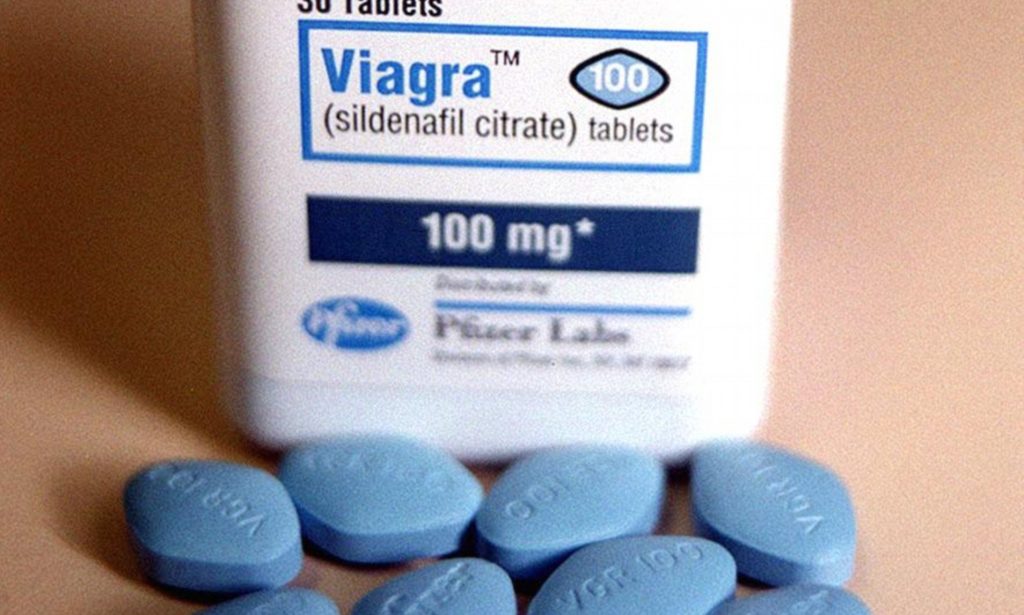
Being at high altitude causes blood vessels to constrict, known as pulmonary vasoconstriction. This increases the demand on the heart which can lead to heart failure. It also increases pulmonary artery pressures, which can also cause blood vessels in the lungs to leak fluid – a potentially fatal condition known as high-altitude pulmonary edema (HAPE).
Viagra acts as a vasodilator. It relaxes blood vessels, allowing more blood to flow freely through vessels. This counteracts the constriction caused by high altitude and thus reduces the pressure on the heart and lungs. In medical terms, it reduces pulmonary artery pressure and the formation of pulmonary edema fluid, thus reducing the risk of heart failure and HAPE.
Additionally, Viagra can improve oxygen delivery to muscles, improving physical endurance. Researchers found that Viagra “significantly improved the cardiovascular and exercise performance measures” of the participants, improving their output up to 45 percent.
The recommended dose of sildenafil is 50 milligrams every eight hours.
5. Nifedipine (Adalat, Procardia)
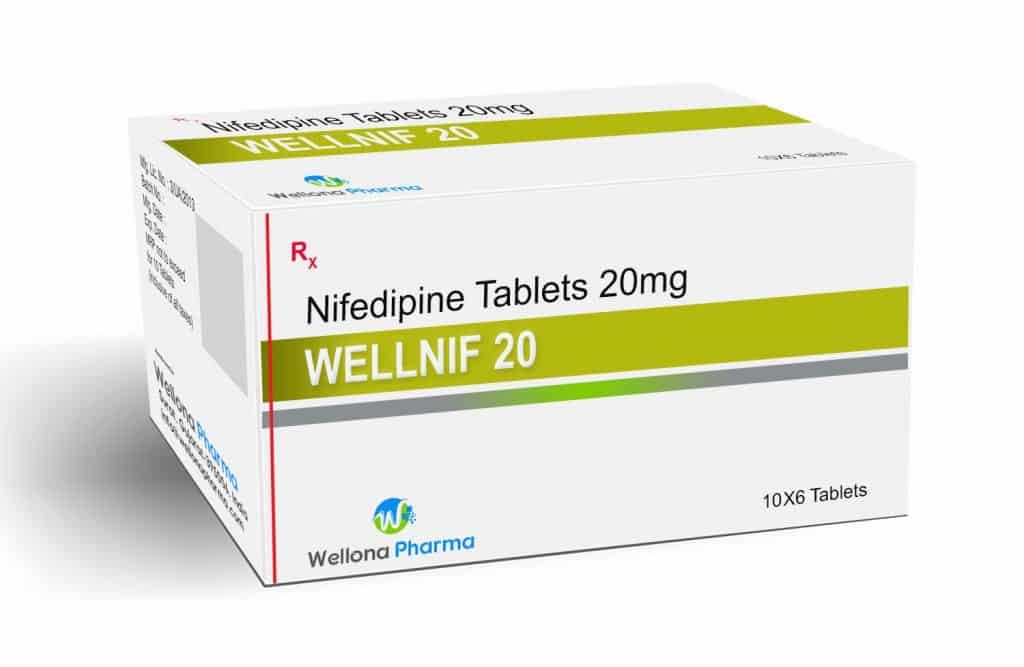
Nifedipine is similar to Viagra, but is a less potent drug that also lowers pulmonary artery pressure. The dihydropyridine calcium channel blocker is most commonly used for the treatment of high blood pressure. Nifedipine opens the pulmonary artery, which reduces chest tightness and makes breathing easier.
The recommended dose is 20mg slow-release capsule every 8 hours or 30mg slow-release every 12 hours.


























































